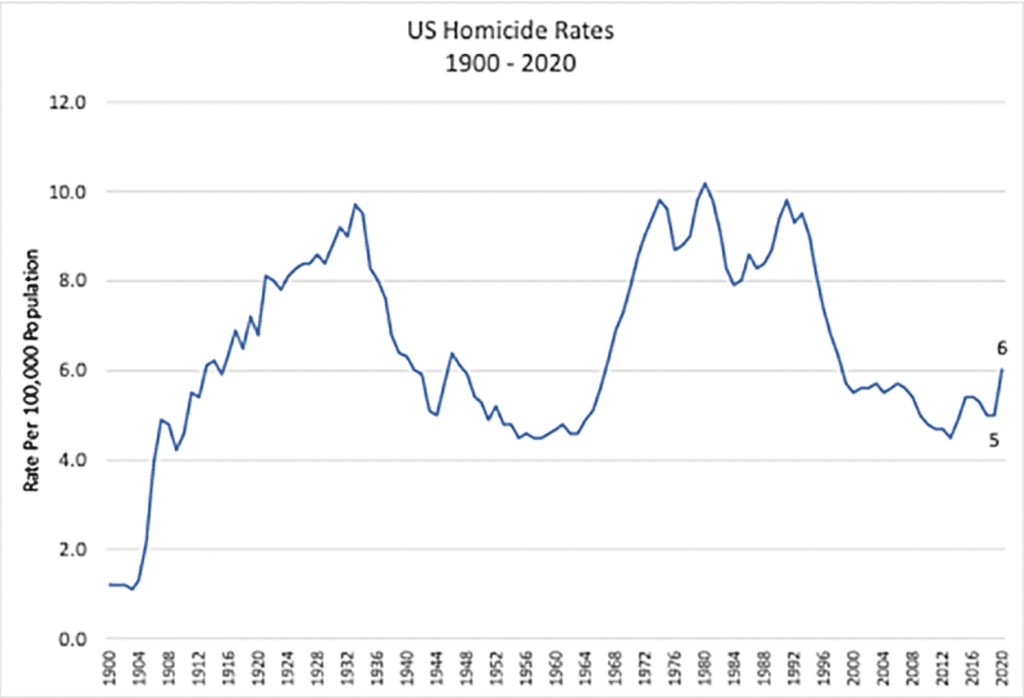People arming up to deal with violence…in San Francisco
The city of San Francisco is one of the most anti-gun cities on the planet. If they had their way, guns would be completely and totally outlawed within the city limits.
Actually, they’d be outlawed everywhere, but they can’t really make that call for everyone else.
Luckily, they can’t go that far. However, between the city itself and the state of California, getting a firearm lawfully isn’t easy.
Despite that, a lot of people there are doing what they have to do to protect themselves from violent encounters.
In June, the SOMA RISE Center, a drug sobering facility, opened in northeast San Francisco and attracted dangerous drug-addicted vagabonds to the area, causing residents of the once peaceful neighborhood to walk with weapons such as baseball bats and tasers for self defense.
According to local news, a 31-year-resident of the neighborhood named Ghis said, “More troublemakers settling in, feeling comfortable doing their drugs, pissing and sh*tting in the street blocking the sidewalks,” all because of RISE.
“They’re letting their clients come out here and get high, go inside and get sober and then get high again,” said Mark Sackett, a businessman who said the drug-addicted itinerants have cost him $100,000 in lost business.
It’s so bad, according to ABC 7, “Some even resorted to arming themselves against the belligerent or violent with baseball bats and tasers.”
So no, they’re not arming themselves with guns. At least so far as the reporting goes.
The truth is that anyone who is carrying a firearm in San Francisco isn’t likely to go around telling anyone, especially the media.
But it’s the right to keep and bear arms, not just guns, so if we look at it that way, baseball bats and tasers certainly count. More than that, though, I don’t blame them.
Look, I respect what these drug treatment centers are trying to do. Getting clean and sober shouldn’t just be the domain of the wealthy, after all.
Yet when these same people are doing this kind of mess in the neighborhood, you’ve got a huge problem. If people are scared, they’re going to arm themselves with whatever they think they can get away with. Yes, I honestly do believe that includes guns–even if those guns are being carried illegally.
The people of San Francisco tend to prefer gun control. That’s been obvious in their politics for decades now.
But we also see when they’re the ones facing a threat, they’re going to arm themselves with whatever weapons they have at their disposal.
Unfortunately, handheld stun guns–most likely what they’re carrying instead of actual Tasers–and baseball bats have their serious downsides. It’s only a matter of time before someone gets hurt by one of these homeless people lurking around the streets of San Francisco.
And the kicker is that, knowing the local government there, they’ll blame the stun gun or the bat and not the homeless drug addict strung out and assaulting people.
That would just be par for the course for the city.




